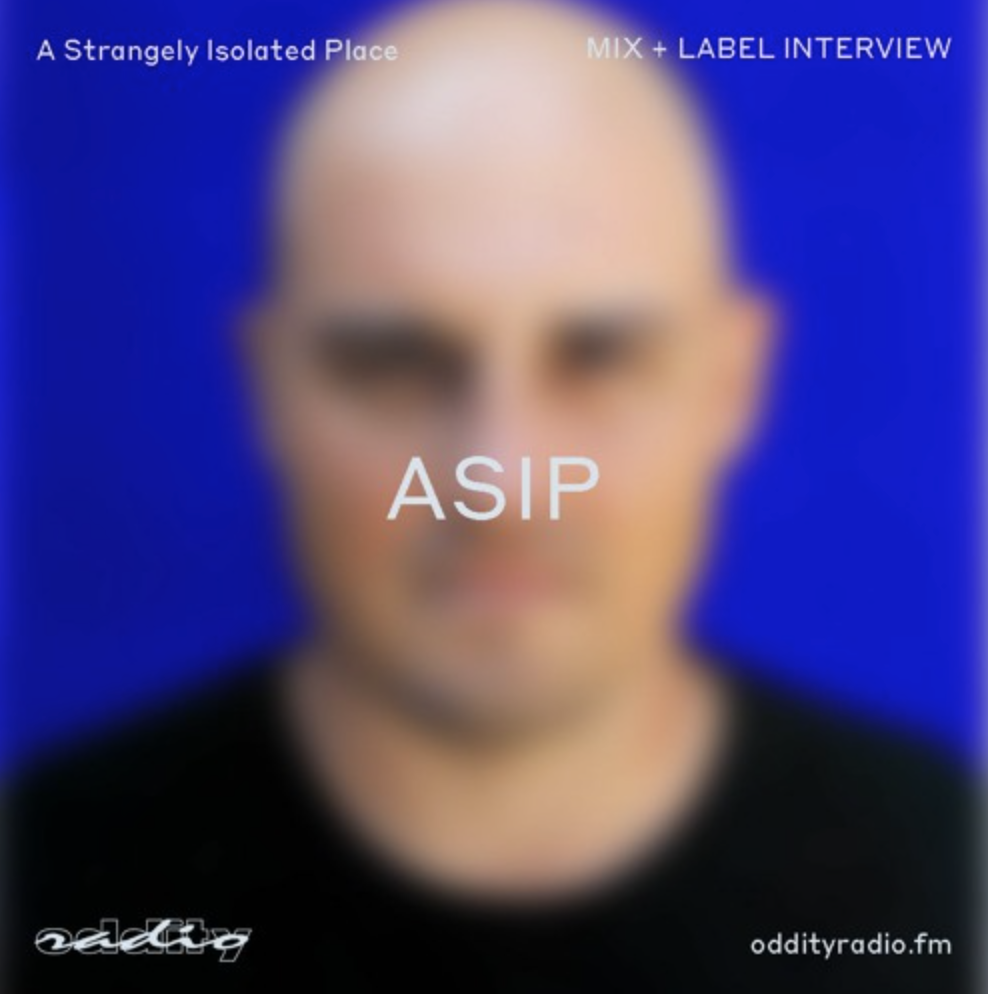








We are very pleased to welcome back Germany’s Max Würden, and his second album on the label, Landmark.
Following his beloved ‘Format’ in 2019 - “the absolute masterpiece deserves to award Würden a place among the likes of Eno, Laraaji, Jenssen, Budd and Roach” by Igloo Mag, Landmark picks up his abstract ambient atmospheres and intricate sound design once more. One '“for the heads”, as I might say, as Max’s music is hard to describe without over-generalizing as an ‘ambient’ album. Max’s music just hits differently and comes from a place of authenticity, without trends or gimmicks.
Landmark sees Max Würden combine and integrate various external forces into his usual studio production process. Inspired by many paintings of powerful landscapes found in thrift stores throughout his hometown of Cologne, Max set out to bring various elements together as one whole over time - allowing an organic process of experimentation and collage.
Short phrases of music and field recordings that weren’t originally meant for each other were realized in isolation, such as sounds from his Klangkiste (sound box) built by Max himself, guitars, an old out-of-tune Schimmel piano, and samples of early jazz and classical music. These separate elements eventually, over time, connected and came together as Landmark - a recognizable moment and formation.
The collage of elements found throughout ‘Landmark’, expresses a number of different vantage points from which to gaze and focus your attention. From the more storied and instrumental-based ‘Reprise’ and ‘Range’, to the wide-scape visions of ‘Summiteer’, or the off-world portrayals in ‘Stereo A’ and ‘Stereo B’. Max can be found depicting a montage of intricately detailed moments that invite you to stand and ponder their storied creation, be it emerging from found sound, synthesizers, guitars, samples, or simply his own production sorcery.
Landmark is available on gatefold 2LP gold vinyl and digital, mastered by Rafael Anton Iirsarri and featuring original photography by Max Würden, and artwork by Noah M / Keep Adding. There is also be a very special limited framed painting edition (10), created by Max, available to purchase.
See the release page for all links to listen and buy



































































